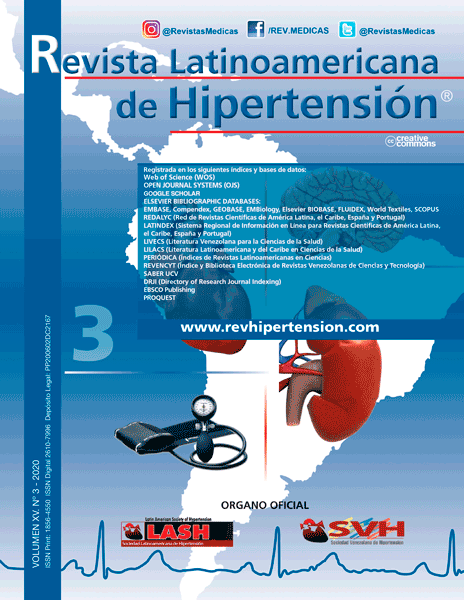Early detection of left ventricular dysfunction in chronic myeloid leukemia patients receiving tyrosine kinase inhibitor (Imatinib): using global longitudinal strain
Palabras clave:
Left Ventricular, Detection, Health, Patients, Chronic Myeloid LeukemiaResumen
Introduction: Early detection of left ventricular (LV) dysfunction and cardiotoxicity is among the documented side effects of numerous antineoplastic drugs including imatinib, which belongs to tyrosine kinase inhibitors (TKIs), administered for chronic myeloid leukemia (CML) treatment. Therefore, identification of patients at higher risk for developing LV dysfunction and cardiotoxicity would be a good strategy to reduce mortality rates.
Method: This case-control study was conducted on patients with confirmed CML, taking imatinib, referred to Babylon Oncology Center in Marjan Medical City, Babil, Iraq, between January 5th and July 1st, 2019. To this end, a special questionnaire comprised of items about patients’ age, oncological and medical history of diabetes mellitus (DM), hypertension (HT), ischemic heart disease (IHD), cardiomyopathy (CMP), or heart failure (HF) along with measurement of weight, height, heart rate, and blood pressure as baseline information was employed. Echocardiographic examination was also done for case (i.e. patient) and control groups.
Results: The mean age of the patients included in this study was 43.90(±13.73) years, respectively with minimum and maximum patient age of 17 and 64 years. As well, there was no difference in diastolic function of echocardiographic readings during the study. However, a significant difference was observed between the mean values of S^ (cm/sec). Therefore, the systolic function could be evaluated by tissue Doppler imaging technique. There was correspondingly a significant reduction in global longitudinal strain (GLS) with preserved LV ejection fraction (LVEF). The GLS results also revealed that 60% of the patients (n=24) had normal GLS% (≤-18%) and 40% of the cases (n=16) had impaired GLS% (≥-17%).
Conclusion: GLS decline was observed in patients with CML receiving imatinib, compared with the control group, since they had fairly preserved or normal LVEF. Thus, GLS drop was detected without any significant reduction in EF.

